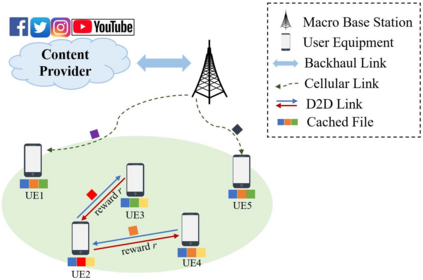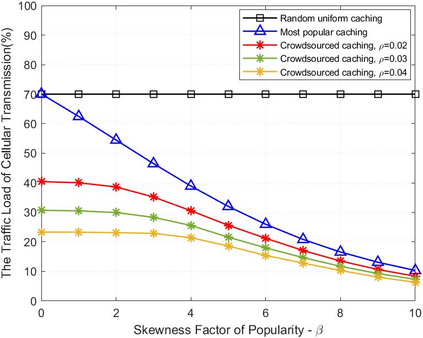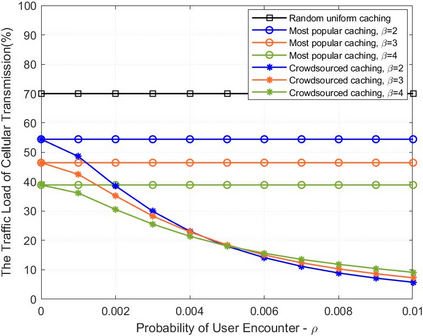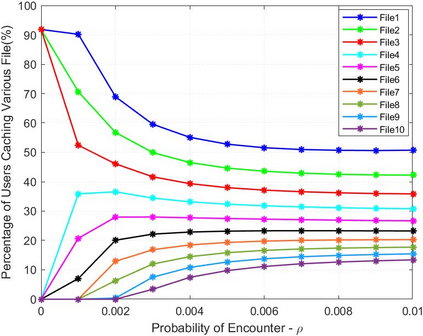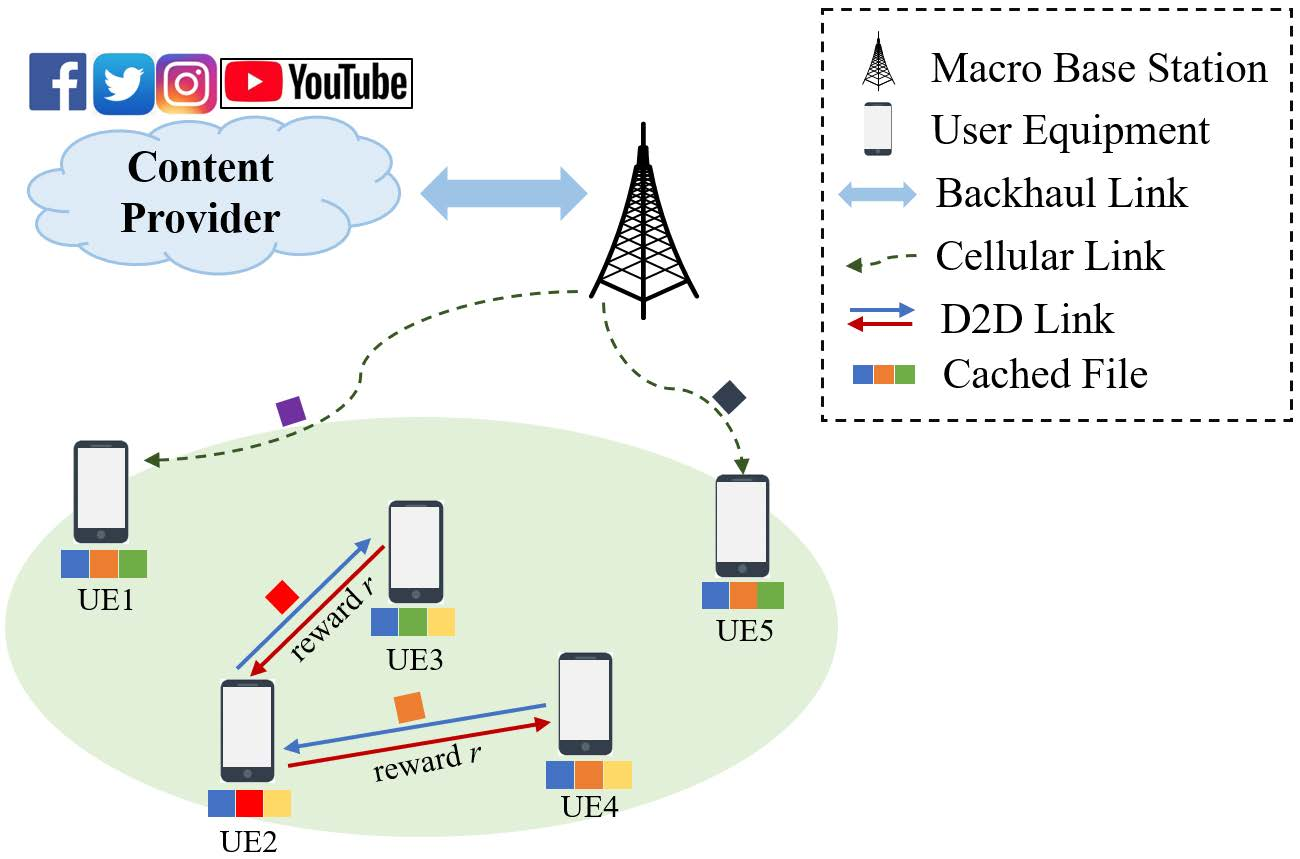Mobile Edge Caching is a promising technique to enhance the content delivery quality and reduce the backhaul link congestion, by storing popular content at the network edge or mobile devices (e.g. base stations and smartphones) that are proximate to content requesters. In this work, we study a novel mobile edge caching framework, which enables mobile devices to cache and share popular contents with each other via device-to-device (D2D) links. We are interested in the following incentive problem of mobile device users: whether and which users are willing to cache and share what contents, taking the user mobility and cost/reward into consideration. The problem is challenging in a large-scale network with a large number of users. We introduce the evolutionary game theory, an effective tool for analyzing large-scale dynamic systems, to analyze the mobile users' content caching and sharing strategies. Specifically, we first derive the users' best caching and sharing strategies, and then analyze how these best strategies change dynamically over time, based on which we further characterize the system equilibrium systematically. Simulation results show that the proposed caching scheme outperforms the existing schemes in terms of the total transmission cost and the cellular load. In particular, in our simulation, the total transmission cost can be reduced by 42.5%-55.2% and the cellular load can be reduced by 21.5%-56.4%.
翻译:通过在网络边缘或移动设备(例如基站和智能手机)中储存与内容请求者相近的广受欢迎的内容,移动边缘缓冲是一种大有希望的技术,可以提高内容提供质量,减少回流连接拥堵,在网络边缘或移动设备(例如基础站和智能手机)中储存与内容请求者相近的广受欢迎的内容。在这项工作中,我们研究了一个新型移动边缘缓冲框架,使移动设备能够通过设备对设备连接(D2D)链接缓存和分享热点内容。我们感兴趣的是移动设备用户的以下激励问题:用户是否愿意和哪些用户愿意隐藏和分享内容,并分享什么内容,同时考虑用户的流动性和成本/调整。在与大量用户的大型网络中,问题具有挑战性。我们引入了进化游戏理论,这是分析大规模动态系统的有效工具,可以分析移动用户内容的缓存和共享战略。我们首先从用户的储存和共享战略中得出这些最佳战略是如何动态变化的,我们在此基础上系统平衡地分析这些最佳战略。模拟结果显示,拟议的缓冲计划可以超越现有42.5 %至5的手机传输成本和21的移动负荷负荷。

